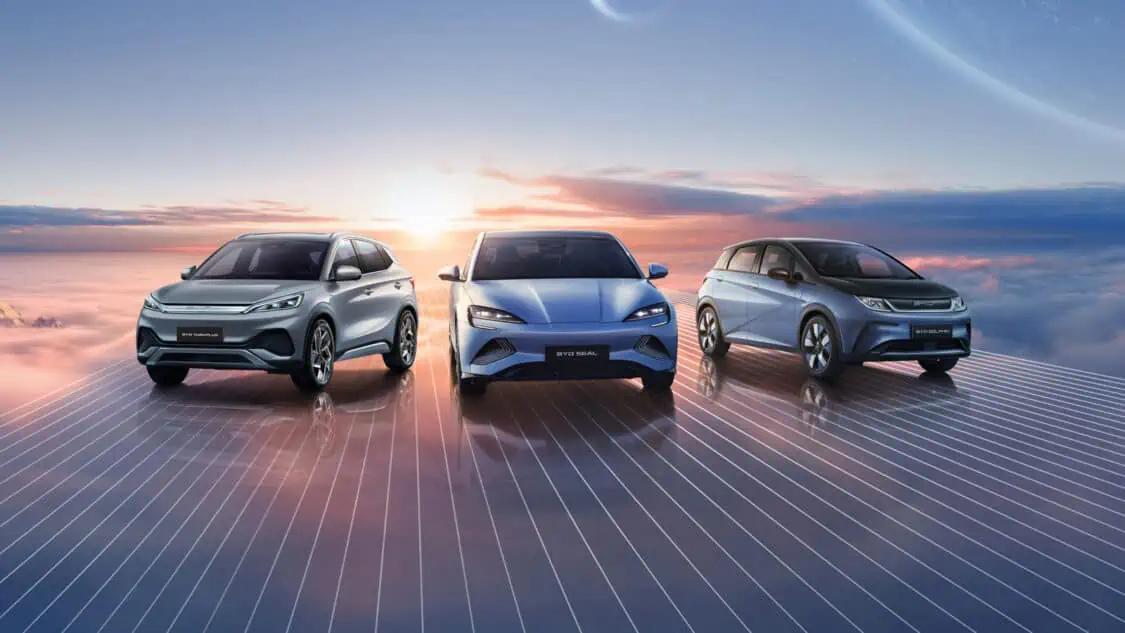EV Adoption Nearly Tripled in Latin America and the Caribbean in 2024, Growing Fast in 2025
The transition to electric mobility in Latin America and the Caribbean (LAC) has gained remarkable momentum over the past four years, driven by a mix of public policy, technological progress, and international climate commitments. The Latin American Energy Organization (OLADE) reported that as of mid-2024, the region’s light electric vehicle (EV) fleet reached nearly 250,000 units, a number that surged to 444,071 units by the end of the year—an astonishing 187% increase in just six months, and nearly tripling compared to the end of 2023. Compared to 2020, the current EV fleet size reflects a growth of more than 14 times, underscoring an exponential trajectory.
One of the key drivers behind this growth is the implementation of national public policies aligned with climate goals. Most LAC countries have integrated electric mobility into their Nationally Determined Contributions (NDCs), reinforcing their commitment to reduce carbon emissions and transition to cleaner energy systems.
Complementing this policy push is the increasing share of renewable energy in the region’s electricity generation mix. Many countries have significantly expanded the use of wind and solar photovoltaic technologies, making the power supply for EVs cleaner and more sustainable.

Advances in EV technology, especially in battery efficiency and cost reduction, along with the expansion of the global EV manufacturing base, have made light electric vehicles more affordable and competitive. In LAC, this trend has been critical in bridging the price gap between electric and traditional combustion vehicles.
Additional incentives such as investment in public charging infrastructure, laws promoting EV adoption, and broader government-backed incentive schemes have addressed some of the main barriers previously cited in earlier studies and monitoring reports.
Brazil, Mexico, and the EV Leaders
By the end of 2024, Brazil emerged as the dominant EV market in the LAC region, with 237,200 light electric vehicles, accounting for over 50% of the regional fleet. Mexico followed with 95,437 units, and Costa Rica, Colombia, and Uruguay each reported close to 20,000 units.
On a per capita basis, Uruguay and Costa Rica lead the region, followed by Brazil, Guatemala, and Mexico.
Public Transit and Charging Infrastructure
The shift to electrification is not limited to private vehicles. Public transport systems across LAC have embraced electromobility, with a fleet of approximately 6,700 electric buses by December 2024—a 32% increase from the previous year. Chile and Colombia lead in electric bus adoption, followed by Brazil, Mexico, and Uruguay.
As for infrastructure, the region had 18,594 public charging stations by the end of 2024. Notably, 92% of these are located in Brazil, Mexico, and Chile, highlighting the need for broader distribution across other countries. In terms of charging stations per 100 EVs, Panama, Jamaica, Chile, Argentina, and Brazil top the list, while Colombia, Uruguay, and Costa Rica trail, despite having sizeable EV fleets.
LAC’s Place in the Electric Revolution
Though LAC represents a modest 0.7% of the global electric vehicle fleet, the pace of its growth is among the fastest worldwide. Globally, China dominates with 49 million EVs, nearly half of all EVs on the road, followed by the EU with about 9 million BEVs, and the U.S. with 4.1 million.
China Daily reported that in 2019, Chinese carmakers sold about $2.2 billion worth of vehicles including ICE, hybrid and EV across Latin America, according to the International Trade Center. By 2023, the value of Chinese vehicles sold in the region almost quadrupled to $8.56 billion, accounting for roughly 20 percent of the region’s car market.
While countries like China continue to expand aggressively thanks to supportive policies and infrastructure, the U.S. has seen recent challenges due to policy reversals and high unnecessary tariffs dragging down all business, including automotive. The EU also faces hurdles like the phase-out of subsidies and infrastructure bottlenecks.
See the Latin American Energy Organization (OLADE’s) “Electric Mobility Monitor in Latin America and the Caribbean” for more information.
China Leading Global EV Exports
The International Energy Agency (IEA’s) Global EV Outlook 2025 reported that at 40%, (nearly 1.25 million electric cars), China accounted for the largest share of global exports in 2024. In Brazil, the price gap between battery electric vehicles and conventional gas cars shrank to 25% in 2024 from over 100% in 2023, as Chinese electric car imports grew to 85% of the country’s EV sales. Similarly, the average price premium of battery electric vehicles (BEVs) in Mexico fell to 50% in 2024 from more than 100% in 2023 as Chinese imports reached two-thirds of sales.
The IEA forecasts that electric car sales will cross 20 million in 2025, accounting for over one in four new cars sold worldwide.
EVinfo.net’s Take
All of this news only adds more fuel to the proverbial fire that internal combustion engine (ICE) vehicles are being phased out quickly around the world, in favor of more eco-friendly and cost-effective EVs.
Its clear from the IEA’s report of Chinese EV imports reaching two-thirds of sales Mexico’s sales in 2024, that China is quickly taking over the region’s EV sales more and more each year, while the US falters.
The debate over ratifying the US budget that is currently happening proposes to cut support for clean energy and EVs, including the federal EV tax credit. These actions will decrease America’s ability to compete with China in the global automotive market. These actions will also lose many American jobs and sink America’s economy, as our automotive industry plays a key part.
Also, key parts of the Inflation Reduction Act—including 25D, the 30% solar tax credit for homeowners—are being threatened to be rolled back by the end of the year. If successful, this will also be a disaster for America’s home and business owners, while helping China dominate the profitable clean energy space.
Contact your government representatives today and show your support for these incredibly important things, for a cleaner and brighter future.

Electric Vehicle Marketing Consultant, Writer and Editor. Publisher EVinfo.net.
Services